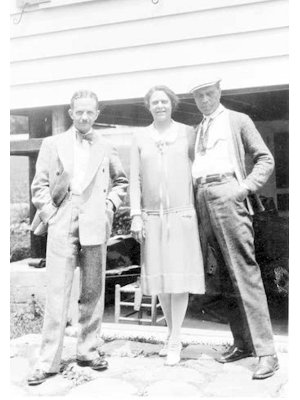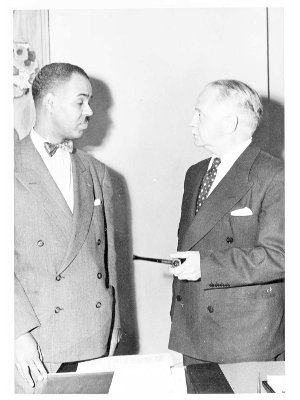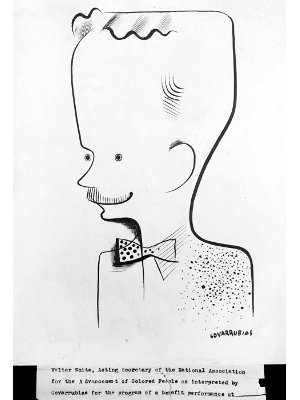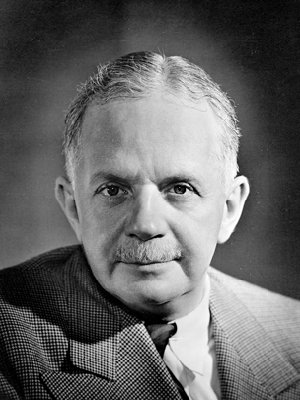index
Walter White, who was active in the NAACP from 1918 to 1955 and its leader for the last 17 years of his life. Walter White is a key person in understanding African American life during this period. He was central to investigations of lynching where he risked his life by going undercover (passing for white) in the South to investigate lynchings and publicized these outrages to the country at large. He lobbied incessantly in the halls of power in Washington to get a federal anti-lynching law that finally became the Civil Rights Act of 1964 passed nine years after his death. He led or was involved in the NAACP legal campaigns against educational segregation from law schools to primary schools, housing segregation, African American voting rights, discrimination in employment, the military and federal programs.
He was involved in the Harlem Renaissance of the 1920's writing two novels himself and a book about lynching. He helped connect many of the other artists of the Harlem Renaissance to publishers, impresarios and mainstream style-setters in order to advance their careers. Realizing the importance of the motion picture industry he tried, albeit unsuccessfully, to change the depiction of African Americans by meeting with studio heads and performers. The eventual creation of the NAACP Image awards is the attempt of later generations to carry on his work. Walter White was therefore at the center of most of the civil rights campaigns that occurred during his lifetime. By looking at the materials associated with his life we see traces of the lives of people from the humblest African Americans to those in the highest seats of power.This archive can be used in many ways. You can follow some of the paths we have laid out for you or you can browse pages on your own.





Discussion of "index"
Add your voice to this discussion.
Checking your signed in status ...